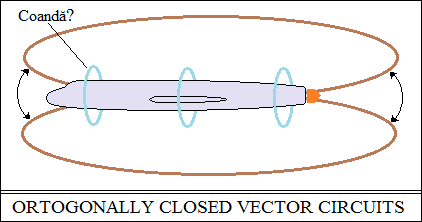Condensed vector space
- matter.
Condensed vector space is the vector space, which contains as a whole,
structures of interactions of vector properties (energy), in the state
of gas,
liquid and solid. In turn, these states compose macroscopic mineral
structures, the universal bodies, with specific metabolism, with evolution,
reproduction and limited existence. The metabolism of a star consists
in the
assimilation of the energy of the vector space, converted into hydrogen
and
the return of the energy to the vector space, in the form of specific
radiations,
vector oscillations. In the universe, the movements of mineral structures
are
interactions with vector space. On planet Earth, the movements of biological
structures and of devices are interactions with condensed vector space,
propelled by propeller wings, jets, undulations, levers, or wheels.
Helicopter flight, bird flight, swimming, skating, skiing, walking,
or on wheels are interactions with condensed vector
space. The density of
vector structures (of atoms) presents in the vector space the state of
gas,
liquid and solid, as the energy of the vector connections between the
structures. The vector space condensed in this way acquires rigidity,
evident in its interactions with the velocity of meteorites, which penetrate
the gas, liquid and solid state of the condensed vector space. The first
form
of energy is the interactions that condense vector space into orthogonally
closed vector circuits, a structure called hydrogen. Energy continues
the
condensation of vector space, through vector connections between two
structures, then three structures, four hydrogen structures called helium
and so on, forming the elements and bodies of the universe.

